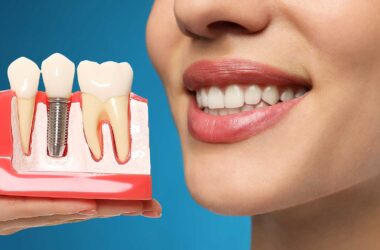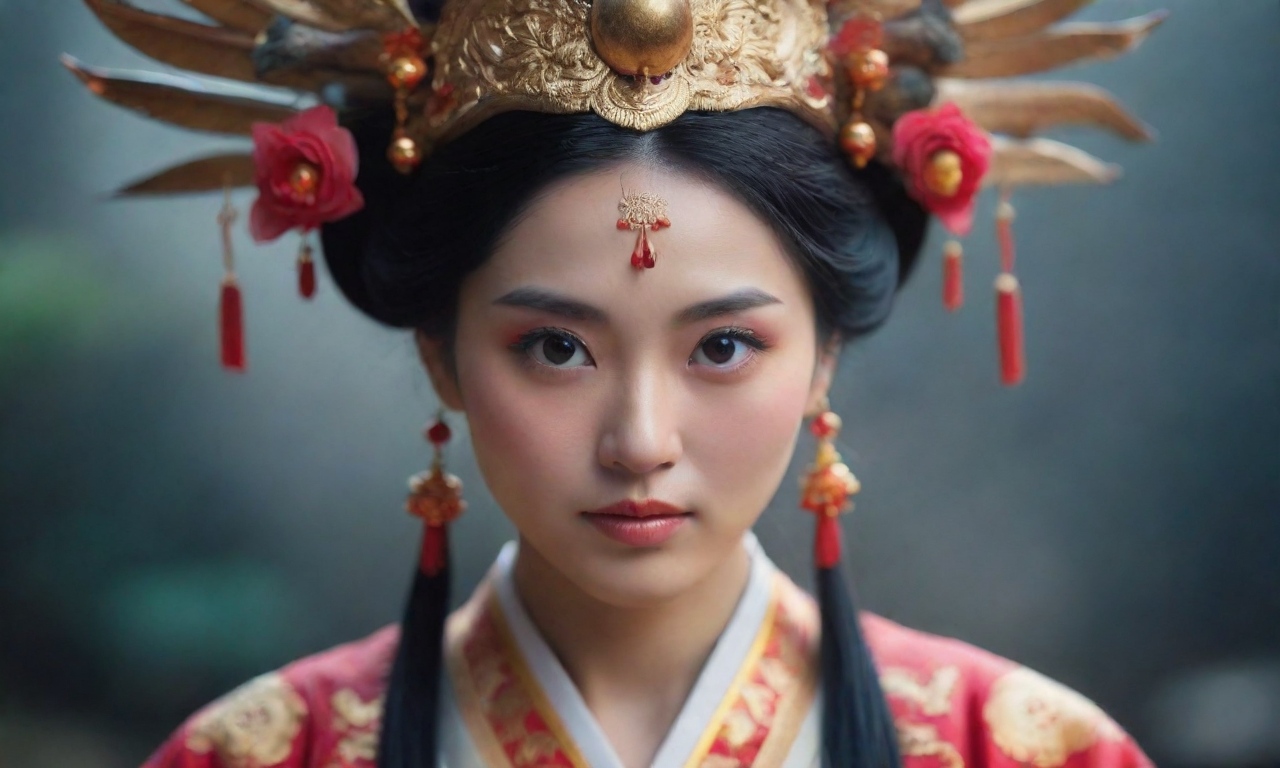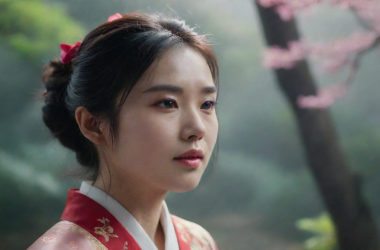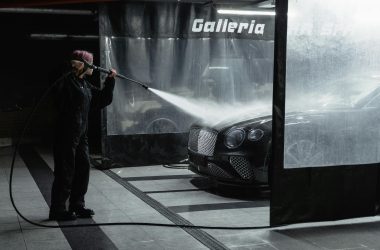As consumers adopt a more rational attitude towards the brand premium, domestic beauty brands known for their cost-performance ratio have seen significant growth in recent years. Maybelline, once touted as the “first generation straight men’s killer,” seems to be facing neglect from its former fans and partner Watsons, and even its “stepmother” L’Oreal, which belongs to the same group, appears to have an ambiguous attitude towards it.
In 2001, Maybelline made its name when 22-year-old Zhang Ziyi became the brand’s first Asian spokesperson, sparking popularity for several products including waterproof mascara. With its high-end image and affordable prices, it was highly praised among female college students and female white-collar workers. However, more than 20 years later, Maybelline seems to be facing marginalization in the market.
Looking back, makeup artist Long Long reminisces about her fondness for Maybelline. When she was a teenager reading “Rayli” magazine, she often saw Maybelline’s advertisements and giveaways, longing for them. As one of Maybelline’s signature products, the mascara, created in 1917, became a market darling with advertising support and pricing in China.
But as time passed, Long Long found that her pursuit of makeup became more professional, and Maybelline seemed to be out of step with the times. “As the craft of false eyelashes becomes more perfect in the market, we tend to use them in combination with mascara. Although Maybelline’s mascara has an advantage in terms of thickness, it is prone to clumping, which is not up to makeup artists’ high standards for waterproof and smudge-proof makeup.”
Speaking of liquid foundation, Long Long says she has tried Maybelline’s products but has not continued to use them. In her view, each beauty brand’s liquid foundation has its own characteristics and tones, and Maybelline’s liquid foundation clearly does not meet the standards of industry professionals.
For Maybelline, how to adapt to the ever-changing beauty market and how to innovate and improve according to the needs of consumers and professionals will be key to determining whether it can shine again in the future.
When it comes to Maybelline cosmetics, the colors they exhibit are too yellowish for Asian skin tones, which may be because their products are primarily targeted for the Western market. Meanwhile, the color performance of these cosmetics is decent, but the pearl particles are large and the powder is coarse. Due to the size of the particles, the adhesion of the products is poor, which also affects their durability.
Professionals like Long Long have their own opinions, believing that every brand has its own strengths. No brand is perfect, just as Armani’s liquid foundation, although praised by many makeup artists, is mainly suitable for people with good skin texture, has insufficient coverage, and is prone to oxidation. From this perspective, we should assess Maybelline more comprehensively.
Even though makeup experts like Long Long can analyze Maybelline’s products rationally, the objective environment of the domestic makeup market has undergone tremendous changes in recent years, especially with the rise of domestically produced brands offering good value for money. The film and television makeup industry is leaning towards using reasonably priced and effective domestic products. Industry insiders like Long Long have observed that although many domestic small makeup brands do not conduct large-scale publicity, their mascaras can achieve distinct, non-smudging effects, and with a price of just ten yuan, they have the potential to become a viable alternative to high-end brands like Maybelline.
In the current e-commerce platforms, the price of Maybelline mascaras with sales exceeding 70,000, 80,000, 90,000, and 100,000 is generally between 70 to 90 yuan. In contrast, domestic mascara brands easily hit tens of thousands to hundreds of thousands in sales, with highly competitive pricing ranging from as low as 9.9 yuan to as high as 99 yuan, offering a more diverse selection.
The main reason for the price disparity is the nature of cosmetic products, where the cost of raw materials is not high, and brand premiums constitute a large proportion. Zhao Bei, a partner in a cosmetics OEM factory in Guangdong, explained that China is a major production base for many international beauty brands, and the actual cost of production for these products is not high. For example, the main cost of lipstick lies in its packaging, not the lipstick itself. The cost for 5 kilograms of lipstick is negligible; what is actually being sold is the casing. Ms. Lin, the operation director of a national brand, shared that some expensive cosmetics on the market selling for 1580 yuan might only cost 158 yuan, with channels and branding being the main costs.
However, as consumers’ attitudes towards brand premiums become more rational, in recent years, domestically produced cosmetic alternatives focusing on cost performance have seen significant growth. A report from a market research institution showed that from 2015 to 2019, Maybelline’s market share, including mascaras, dropped from 30.9% to 23.3%, while domestic alternative brands have experienced rapid development.
It is worth noting that when Maybelline entered the Chinese market in 1995, the market environment was vastly different from today. At that time, without short video or live streaming platforms, offline department stores, large supermarkets, and beauty chain stores like Watsons were the main channels for it to connect with consumers.
With the change in the market, the beauty giant Maybelline is gradually exiting some traditional sales channels. In 2018, the brand withdrew from supermarkets and large shopping malls such as Carrefour and Walmart, and by 2022, it had successively withdrawn from many department store counters. In contrast, Watsons still maintains cooperation with Maybelline, becoming the last stand for this brand offline.
Watsons, as Maybelline’s offline sales partner, has a long history of cooperation between them. In 1989, Watsons entered Beijing, opening up the mainland market; and since 2010, with market demand changing, Watsons began to strengthen cooperation with brands like Maybelline to expand its beauty business. For example, in 2016, Watsons and Maybelline jointly launched a “flash sale” event; and in 2018, they opened a ColorLab concept makeup store together in Shanghai’s prime business district.
Watsons has always hoped to strengthen its beauty image in consumers’ minds through cooperation with well-known brands like Maybelline. With the help of these internationally renowned brands, Watsons has also attracted more brands from Japan and Taiwan, further enriching its product line.
However, this beautiful cooperative relationship has recently shown cracks. In April 2022, media reports stated that Watsons quickly closed more than 300 stores in mainland China, nearly one store a day. Due to performance pressure, Watsons began to promote more of its own merchandise, which is believed to be an attempt to improve profit margins that have been declining for consecutive years due to intense price wars and uncontrollable supply chain costs.
Recent on-site inspection revealed that in a Watsons store located in Yizhuang, Daxing District of Beijing, once-bright Maybelline and other brands now occupy only limited counter space. Sales staff at Watsons now emphasize recommending their own brands, suggesting its affordability while comparing the quality to top-tier brands.
According to official news from Watsons, their private label has 5 different beauty brands covering various price points, mainly targeting the 18-35-year-old female market and focusing on lip products, foundations, and eye makeup. As reported by the “Economic Daily News” in 2023, in some regional Watsons stores, the sales ratio of private label brands has exceeded 30%, with gross margins for these products reaching as high as 60%.
In advancing the development of its brands, Watsons primarily utilizes staff recommendations to boost the growth of its own labels. While the efficiency of this method remains to be assessed, it evidently affects the staff’s recommendations of other brands. For brands like Maybelline, newcomers may not be as familiar, which might affect their sales momentum in Watsons without strong support.
In 1996, Maybelline, in its second year entering the Chinese market, was acquired by L’Oréal Group, henceforth becoming part of this global beauty giant. Since its inception in 1909 in France, L’Oréal has grown over a century into an empire spanning numerous global regions. According to publicly available information, L’Oréal has 36 global brands under its belt, covering beauty, haircare, skincare, and perfumes. Its development strategy can essentially be summarized as “acquiring.”
In the past, Maybelline ambitiously aimed to stand out in the beauty world, but time has shown that even after joining a powerful group, it could not escape being phased out by the times. As a part of a big family like L’Oréal, Maybelline, despite being one of the family, lacks absolute uniqueness. Its development and fate are not entirely self-determined but are subject to the overall strategy and adjustments of the group.
The new strategy in China shows that L’Oréal is refocusing on the mid-to-high-end brands and targeting the middle and high-end consumer market in China. In the past two years, L’Oréal’s “high-end layout” in China has deepened. For example, at the second China International Consumer Products Expo in 2022, it specifically launched PRADA perfume and TAKAMI, two high-end brands. This year, they began constructing the L’Oréal China luxury cosmetic smart operations center in Nantong.
The driving force behind this is the steady rise in high-end sales in China. In the first quarter of 2022, L’Oréal’s luxury cosmetics division temporarily became the largest business unit in China, capturing 31% of the market share in the luxury cosmetics segment. The personnel adjustments, such as the promotion of Ma Xiaoyu, not only reflect the implementation of localized strategies but also signify a shift in operational focus.
However, it is worth mentioning that in the financial report of 2023, the Consumer Products Division once again led the Luxury Products Division. Some analysis believes that the reason behind this change may be partly due to the insufficient recovery strength of China’s consumer market as the pandemic eases.
Looking to the future, L’Oréal Group’s strategic planning in the Chinese market obviously will not stop at the current achievements but is focused on long-term development. Layout in the mid-to-high-end market has become the central direction of the company’s development in China. Under this background, the adjustment of Maybelline to online sales shows the extension of this strategy. Industry observers point out that because Maybelline traditionally takes an approachable path, its move to online to approach the new generation of consumers is a natural step, adding a natural connection between the internet and the youth.
At the same time, mid-to-high-end brands tend to have an offline layout, leveraging on-site premium services to win over high-income groups. However, with the diminishing influence of physical stores such as department stores and supermarkets in the overall consumption pattern in China, Maybelline’s online layout undoubtedly conforms to the trend, indicating that the brand still has vast room for growth in the future. Despite this, the level of L’Oréal’s investment in Maybelline and whether these investments can achieve the expected results on e-commerce platforms filled with Guochao brands, and whether it can still launch new popular products to establish brand influence among the new generation of consumers, remains unclear.
In today’s rapidly developing Chinese aesthetic context, a frequently discussed topic in the consumer goods industry is “brand aging”. This refers to once-thriving brands that, without updating their products and brand image in time, have created an emotional disconnect with the new generation of consumers as consumer generations evolve. Likely, this is the biggest challenge Maybelline is currently facing.
At the same time, a broader historical context is the awakening of Eastern aesthetics, which calls for more cosmetics rooted in Eastern soil and satisfying the aesthetics of Eastern people. Guochao brands have thus gained opportunities for development. As a veteran in the field of cosmetics OEM, Zhao Bei has been deeply involved in the industry for many years. She observed that since 2000, as the confidence of Chinese people increased, they began to construct their aesthetic system and spurred the innovation of local products. “Our products, such as lipsticks, foundations, eye shadows, etc., are gradually becoming more characteristic of China. Western cosmetics also need to satisfy these characteristics, and related concepts such as earth tones and smoky roses are Chinese innovations,” adds Zhao Bei. Many Chinese stars have stepped out of the country, and their makeup represents the Chinese style internationally, boosting the sales of Chinese makeup.
Ms. Lin, the operations director of a high-end domestic skincare brand, mentioned that she used Maybelline’s makeup products, such as lipstick and makeup remover, in her younger years and was deeply impressed by these classic products. However, after delving into the industry, she paid more attention to skincare, believing that the barrier to entry in the beauty industry was not high in recent years. Between 2017 and 2018, when micro-businesses thrived, beauty and skincare products rose rapidly, and many brands made profits, but this also led to chaos in the industry. Now Chinese people prefer inner maintenance and pursue a more natural skincare philosophy. As for external makeup, consumers have begun to reflect, which has provided new opportunities for the skincare market.
The rise of Guochao is essentially a reassessment of the aesthetic system by Chinese consumers—from a previous low evaluation to now being able to explore its value, forming an inherent self-confidence. For Maybelline to regain the favor of consumers, it might need to update its slogans and brand image to adapt to the aesthetics and values of the new generation of consumers.
“Beauty, stems from Maybelline China.” — This is a research platform for in-depth exploration of current business issues.
We focus on real-world problems, offer deep analysis, and hope to provide a more commercial perspective to our readers through our work.
Today’s topic: Are you still purchasing Maybelline products? We look forward to your comments and shares.
Millenniumthe forefather of beauty makeup







